Regions of Venezuela, located on the northern coast of South America, is a nation of diverse landscapes, rich cultural heritage, and complex political history. It is divided into 23 states and one Capital District, each contributing to the nation’s unique identity. In this comprehensive overview, we will delve into the provinces, their capitals, and the distinctive features that make Venezuela a captivating and multifaceted country.
1. Amazonas
Capital Puerto Ayacucho
Highlights
– Amazon Rainforest Amazonas is known for its vast expanse of the Amazon Rainforest, home to diverse flora and fauna.
– Yaví River A tributary of the Orinoco River, offering opportunities for river excursions and exploration.
2. Anzoátegui
Capital Barcelona
Highlights
– Mochima National Park A coastal park with pristine beaches, islands, and diverse marine life.
– Puerto La Cruz A major port city known for its beaches and vibrant nightlife.
3. Apure
Capital San Fernando de Apure
Highlights
– Apure River One of the major rivers in Venezuela, known for its biodiversity and importance to the region’s agriculture.
– Los Llanos Apure is part of the Llanos region, characterized by vast plains and diverse wildlife.
4. Aragua
Capital Maracay
Highlights
– Henry Pittier National Park Venezuela’s first national park, featuring diverse ecosystems from coastal areas to cloud forests.
– Maracay Botanical Garden Home to a wide variety of native plant species.
5. Barinas
Capital Barinas
Highlights
– Rio Santo Domingo A river popular for rafting and other water activities.
– Plains of Barinas Known for its agricultural activities and cattle ranching.
6. Bolívar
Capital Ciudad Bolívar
Highlights
– Angel Falls The world’s highest uninterrupted waterfall, located in Canaima National Park.
– Gran Sabana A vast region with unique landscapes, including flat-topped mountains known as tepuis.
7. Carabobo
Capital Valencia
Highlights
– Valencia A major industrial and economic hub, known for its modern infrastructure and cultural attractions.
– Puerto Cabello A major seaport with historical forts and beaches.
8. Cojedes
Capital San Carlos
Highlights
– Cojedes River A watercourse that traverses the state, providing irrigation for agricultural activities.
– El Pao A town known for its colonial church and traditional festivals.
9. Delta Amacuro
Capital Tucupita
Highlights
– Orinoco Delta A unique region where the Orinoco River meets the Atlantic Ocean, known for its intricate network of waterways and mangrove forests.
– Indigenous Cultures Delta Amacuro is home to various indigenous communities with rich cultural traditions.
10. Falcón
Capital Coro
Highlights
– Coro and its Port A UNESCO World Heritage site, Coro is known for its well-preserved colonial architecture.
– Morrocoy National Park A coastal park with stunning beaches and coral reefs.
11. Guárico
Capital San Juan de los Morros
Highlights
– Guárico River A major river in the region, supporting agriculture and providing water resources.
– Llanos de Guárico Part of the expansive Llanos region, offering a flat and fertile landscape.
12. Lara
Capital Barquisimeto
Highlights
– Obelisk of Barquisimeto A prominent landmark in the city, offering panoramic views of the surroundings.
– Lara River A river that flows through the state, providing water resources for agriculture.
13. Mérida
Capital Mérida
Highlights
– Andean Landscapes Mérida is characterized by the Andes Mountains, offering opportunities for trekking and adventure sports.
– Mérida Cable Car One of the world’s highest cable cars, providing breathtaking views of the surrounding mountains.
14. Miranda
Capital Los Teques
Highlights
– El Ávila National Park A mountainous park near Caracas, known for its hiking trails and diverse ecosystems.
– Los Teques The capital city, known for its colonial architecture and cultural events.
15. Monagas
Capital Maturín
Highlights
– Aguasay A town with historical significance and colonial architecture.
– Caripe Known for the Guácharo Cave National Park, home to a large population of oilbirds.
16. Nueva Esparta
Capital La Asunción
Highlights
– Isla Margarita A popular tourist destination, known for its beaches, resorts, and vibrant nightlife.
– Cerro El Copey The highest peak on Isla Margarita, offering panoramic views of the island.
17. Portuguesa
Capital Guanare
Highlights
– Guanare The capital city, known for its colonial church and historical sites.
– Arapuey A town with traditional architecture and a peaceful atmosphere.
18. Sucre
Capital Cumaná
Highlights
– Cueva del Guácharo National Park Known for the Guácharo Cave, home to nocturnal oilbirds.
– Cumaná One of the oldest cities in South America, with a rich colonial history.
19. Táchira
Capital San Cristóbal
Highlights
– Andean Highlands Táchira is part of the Andean region, featuring high-altitude landscapes and traditional villages.
– Uribante Dam A reservoir surrounded by mountains, offering recreational activities.
20. Trujillo
Capital Trujillo
Highlights
– Historic Centre of Trujillo Known for its colonial architecture, including the Cathedral of Trujillo.
– Andean Valleys Trujillo is surrounded by picturesque valleys and agricultural landscapes.
21. Vargas
Capital La Guaira
Highlights
– Caraballeda A coastal town with beaches and seafood restaurants.
– Simón Bolívar International Airport Located in Vargas, serving as a major gateway to Venezuela.
22. Yaracuy
Capital San Felipe
Highlights
– Yaracuy River A river that flows through the state, surrounded by lush landscapes.
– Peña de María Lionza A sacred mountain associated with indigenous and Afro-Venezuelan spiritual traditions.
23. Zulia
Capital Maracaibo
Highlights
– Lake Maracaibo One of the largest lakes in Latin America, known for its unique weather phenomenon, Catatumbo lightning.
– Maracaibo Bridge A landmark bridge over Lake Maracaibo, connecting the city with the surrounding region.
Capital District:
Capital Caracas
Highlights
– Avila National Park A mountainous park near Caracas, offering hiking trails and panoramic views.
– Altamira A district in Caracas known for its upscale shops, restaurants, and cultural venues.
Conclusion:
Venezuela, with its diverse states, each with unique landscapes and cultural heritage, presents a complex and multifaceted portrait. From the Andean peaks and Amazon Rainforest to the Caribbean beaches and historic cities, the country offers a rich tapestry of experiences. The capital city, Caracas, serves as the political and cultural center, while the states contribute to the nation’s economic, agricultural, and natural wealth. Despite its challenges, Venezuela’s natural beauty and cultural vibrancy continue to attract visitors and showcase the resilience of its people. As Venezuela navigates its path forward, the states and regions remain integral to the country’s identity, offering a glimpse into its past, present, and the potential for a diverse and vibrant future.


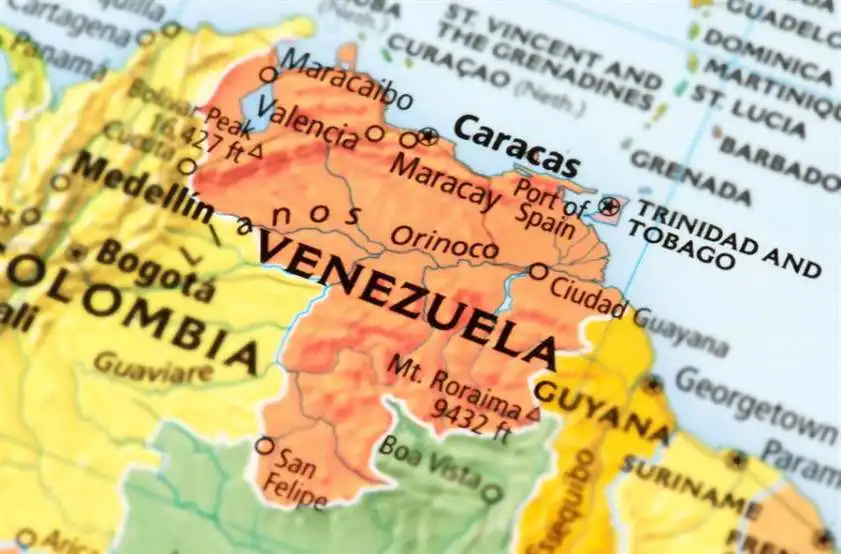
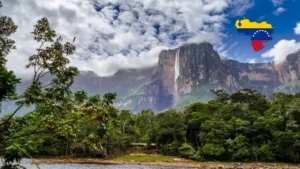
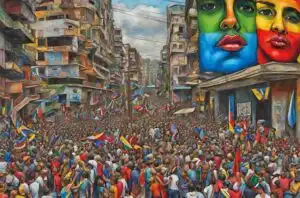
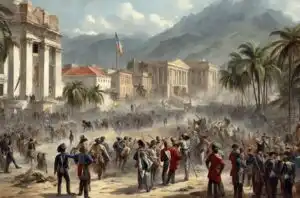



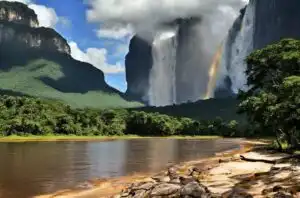
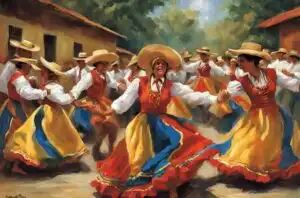
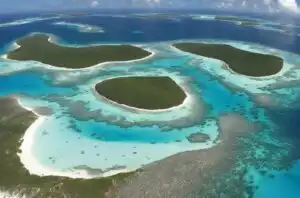
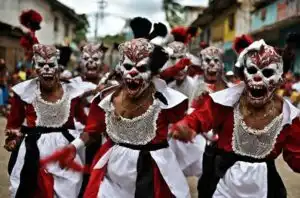
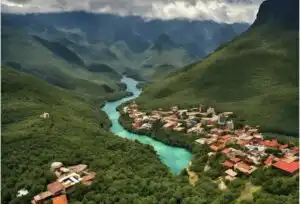
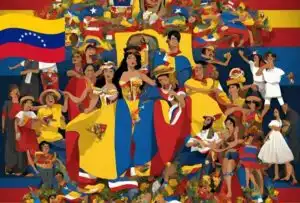


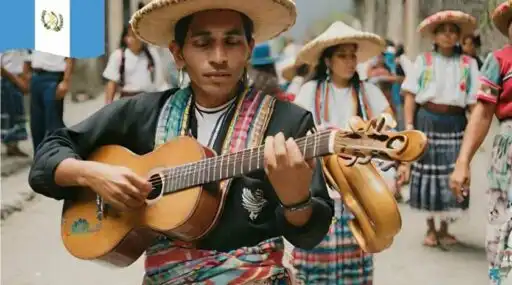

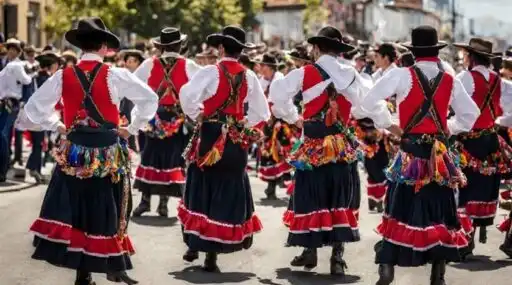

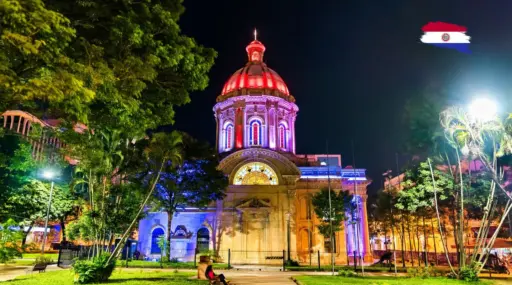
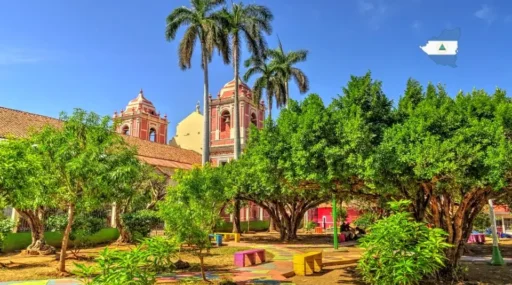
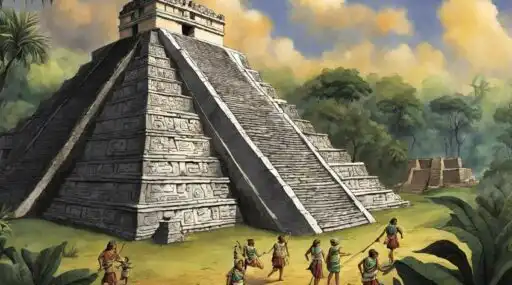








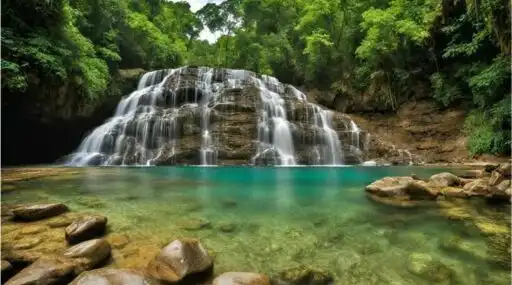

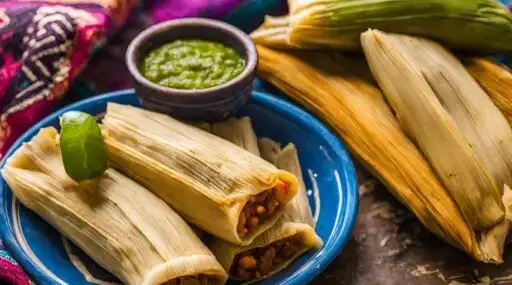

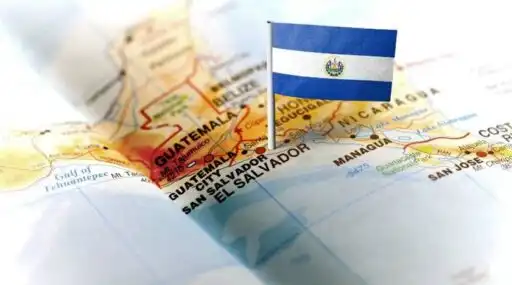

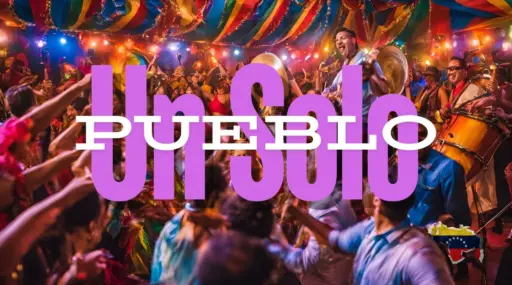

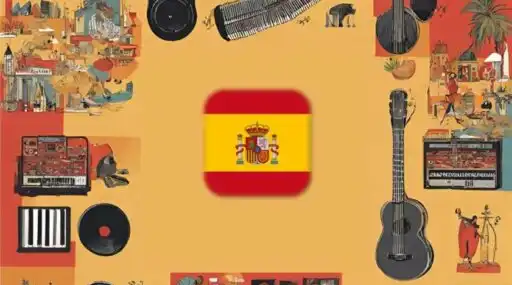


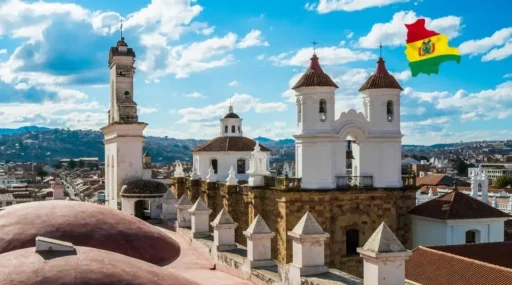
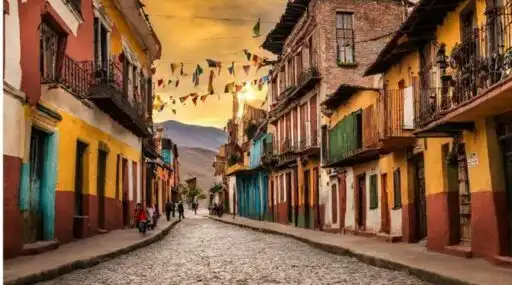
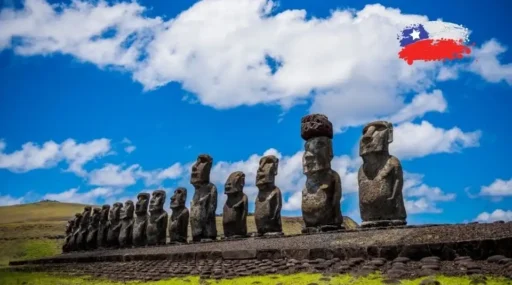

Leave a Reply